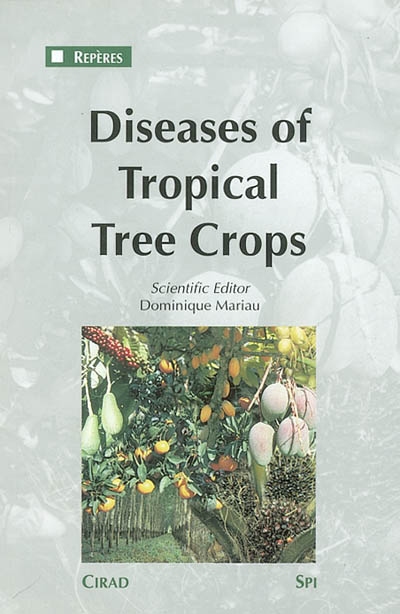
Diseases of tropical tree crops
About the Book
This work summarises several decades of laboratory and field research by specialists from the Tree Crops, Fruit and Horticultural Crops, and Forestry Departments of CIRAD (Centre de Cooperation Internationale en Recherche Agronomique pour le Développement). Their results are the fruit of extensive laboratory and field research. The authors have described about fifty often serious diseases that can cause very substantial yield losses, thereby threatening and sometimes even preventing the cultivation of several crops in different parts of the world. In-depth knowledge of the biology, genetic diversity and pathogenicity of the pathogen is essential for the development of a control method. Breeding resistant planting material is the most widely practised and often the only possible method of control. It calls for extensive research by both plant pathologists, for developing inoculation techniques, and breeders, for producing resistant cultivars. Research on genetically modified planting material is still in its infancy but appears to be very promising. Plant pathologists still often resort to using pesticides, particularly synthetic substances, whilst striving to reduce the dosage and treatment frequency as part of a rational chemical control strategy. In many cases, these methods are complemented by crop techniques in order to reduce pathogen pressure and make the environment less favourable for pathogen development. Viral diseases-phytoplasmas and phytomonas-are generally transmitted by insects of the hemipteran group. Lowering insect population levels has proved to be a very effective control method in several cases.
Drastic measures have to be taken to prevent the spread of diseases or pathogens, especially through plant material exchanges, which should be subjected to strict quarantine regulations. Developing a control method often means integrating different techniques, whose development must take the socio-economic context of rural populations into consideration. Only close collaboration between specialists and produce managers will enable farmers to fully benefit from advances made in their research.
